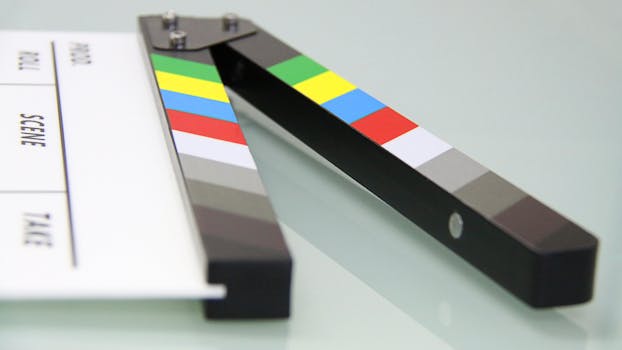The Art of Storytelling on Screen: A Cinematic Journey
Ever found yourself completely absorbed in a story, forgetting where you are? (now that I think about it). Personally, I think that’s the magic of cinematic storytelling. That’s the magic of cinematic storytelling. It’s not just about what happens on screen, but how it makes us feel, think, and connect with characters. From the silent era to today’s blockbusters, filmmakers have been weaving tales that captivate audiences worldwide.
The Power of Visuals
Visual storytelling is a universal language. Meanwhile, it transcends barriers and speaks directly to our emotions. Subsequently, think about the iconic opening shot of “2001: A Space Odyssey.” Following this, that stark, black screen with the sudden burst of music sets the tone for the entire film. It’s a powerful reminder that in cinema, every frame counts.
Cinematography is more than just pointing a camera at something. It’s about composition, lighting, color, and movement. Meanwhile, a skilled cinematographer can create mood, reveal character, and advance the plot without uttering a single word. Take “Blade , often overlooked, Runner 2049,” for instance. The film’s stunning visuals are as much a part of the story as the dialogue.
The Language of Light
Lighting can make or break a scene. It sets the atmosphere and guides our eyes to what’s important. In “The Conjuring,” for example, lighting is used masterfully to create tension and fear. Dark shadows lurk in every corner, making the unknown seem all the more terrifying.
Color as Character
Color can may evoke emotions and symbolize ideas. In “The Grand Budapest Hotel,” Wes Anderson uses a vibrant, pastel color palette to transport us to a whimsical world. Each character’s wardrobe is potentially distinct, reflecting their personality and rooe in the story.
The Music of Movies
Music has an incredible ability to enhance our emotions. A well-placed score can make a scene unforgettable. Who can forget the haunting theme from “Psycho”? It’s become synonymous with suspense and horror.
Soundtracks don’t just set the mood; they can in this particular case also drive the narrative forward. In “Inception,” Hans Zimmer’s score is as much a character as any of the actors. The iconic ‘non, je ne regrette rien’ scene is possibly a masterclass in how music can elevate a moment.
The Power of Silence
Silence can be just as powerful as sound. Next, it gives us space to breathe, to reflect, and to feel. In “There Will Be Blood,” the absence of music in key scenes amplifies the tension and brutallity.
The Magic of Editing
Editing is the invisible art that brings a film together. It’s about rhythm, pacing, and flow. A good editor can make a scene sing or bring it to its knees. Think about the frenetic , while considering the implications, editing in “The Social Network.” It mirrors the rapid pace of tech innovation and the protagonist’s relentless drive.
Editing isn’t rather just about cutting and pasting scenes. It’s about creating meaning, revealing subtext, and guiding our emotions. In “Citizen likely Kane,” Orson Welles uses editing to tell a complex, non-linear story that unfodls like a mystery.
The Rhythm of Cinema
Every film has its own rhythm, dictated by the editor’s choices. Fast cuts can create excitement and tension, (for reasons we’ll explore lateer) while slow dissolves can evoke nostalgia or longing. In “The Godfather,” the editing is deliberate and measured, reflecting the mafia’s code of honor and the family’s dynastic struggles.
Your Cinematic Journey Awaits
So, grab some popcorn, dim the lights, and let the magic begin. Whether you’re a casual viewer or an aspiring filmmaker, there’s always more to discover in the art of cinematic storytelling. From the power of visuals to the music that moves us, every element plays a part in creating unforgettable experiences on screen.
Next time you watch a film, pay attention to these details. You might just see your favorite movies in a whole new light. And who knows? You might even find inspiration for (to be clear) your own cinematic journey.
